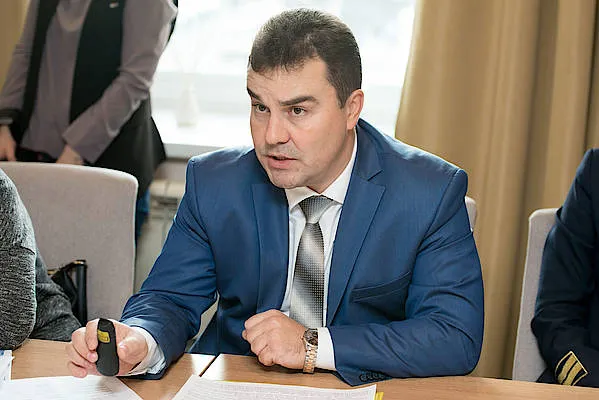Digitalizing Energy in Tomsk Region: Paving the Way for Industrial Growth
In the Tomsk region of Russia, a new digital project is transforming how local energy systems are managed. The launch of a real-time stability reserve monitoring system marks a milestone in the nation’s energy digitalization strategy, boosting efficiency without large-scale capital investment.

What Is SRMS and Why It Matters for Energy Systems
The Stability Reserve Monitoring System (SRMS) is a Russian-developed software and hardware complex created by the Scientific and Technical Center of Unified Energy System (NTC UES) and the System Operator of the Unified Power Grid. Its main function is to calculate the maximum permissible power flow (MPP) in near real time.
Unlike legacy current-based models that impose static and often overly conservative limits, SRMS continuously analyzes the actual state of the power grid. This enables dispatchers to safely and dynamically increase grid load capacity, making full use of existing infrastructure.

The Tomsk Project: Real Results and Regional Impact
In the Tomsk region, SRMS has been deployed in three controlled grid sections connected to the Tomsk GRES-2 power plant. The results are impressive: the system increased permissible power transfers by 54 MW — roughly equivalent to the energy consumption of a large residential neighborhood in Tomsk. This has strategic importance for the regional economy. Tomsk is home to a growing industrial base, including the Tomsk Special Economic Zone, petrochemical plants, and wood-processing enterprises.
The digital system allows operators to handle increased energy demand from these industries while postponing or even eliminating the need for costly new transmission lines or generation facilities. For consumers, including households, this means more reliable electricity and fewer outage risks.
The technology’s footprint is expected to expand to neighboring Siberian regions, with future integration into load forecasting and renewable energy management platforms. Experts also see export potential for SRMS, particularly in CIS and Central Asian countries facing similar grid congestion challenges.
Scaling Smart Energy Technologies
The Tomsk project is part of a broader digitalization program implemented by the System Operator across Siberia since 2018. Over the past five years, SRMS technology has consistently demonstrated its efficiency.

In the Novosibirsk region, its deployment between NTEC-3 and Druzhnaya increased transfer capacity by 23.8% (25.6 MW), while in the Altai region, capacity in the Vlasikha–Chesnokovskaya corridor grew by 30% (14 MW).
Today, nearly 200 grid sections in the Unified Energy System of Siberia are managed using SRMS, collectively unlocking up to 800 MW of additional capacity — equivalent to a large thermal power plant. These results underline SRMS’s role as a cost-effective and scalable tool for enhancing national energy efficiency.

Toward Intelligent Energy Networks
The Tomsk deployment highlights Russia’s growing momentum toward digital infrastructure modernization under the Industry 4.0 framework. SRMS is a practical example of how smart grid technologies can strengthen national resilience and optimize existing assets.
While it cannot solve every energy-sector issue — such as equipment aging or generation deficits — it is a powerful, economical instrument for extending the life and performance of current networks. By unlocking hidden capacity, SRMS lays the groundwork for sustainable industrial growth and improved energy reliability across regions.










































